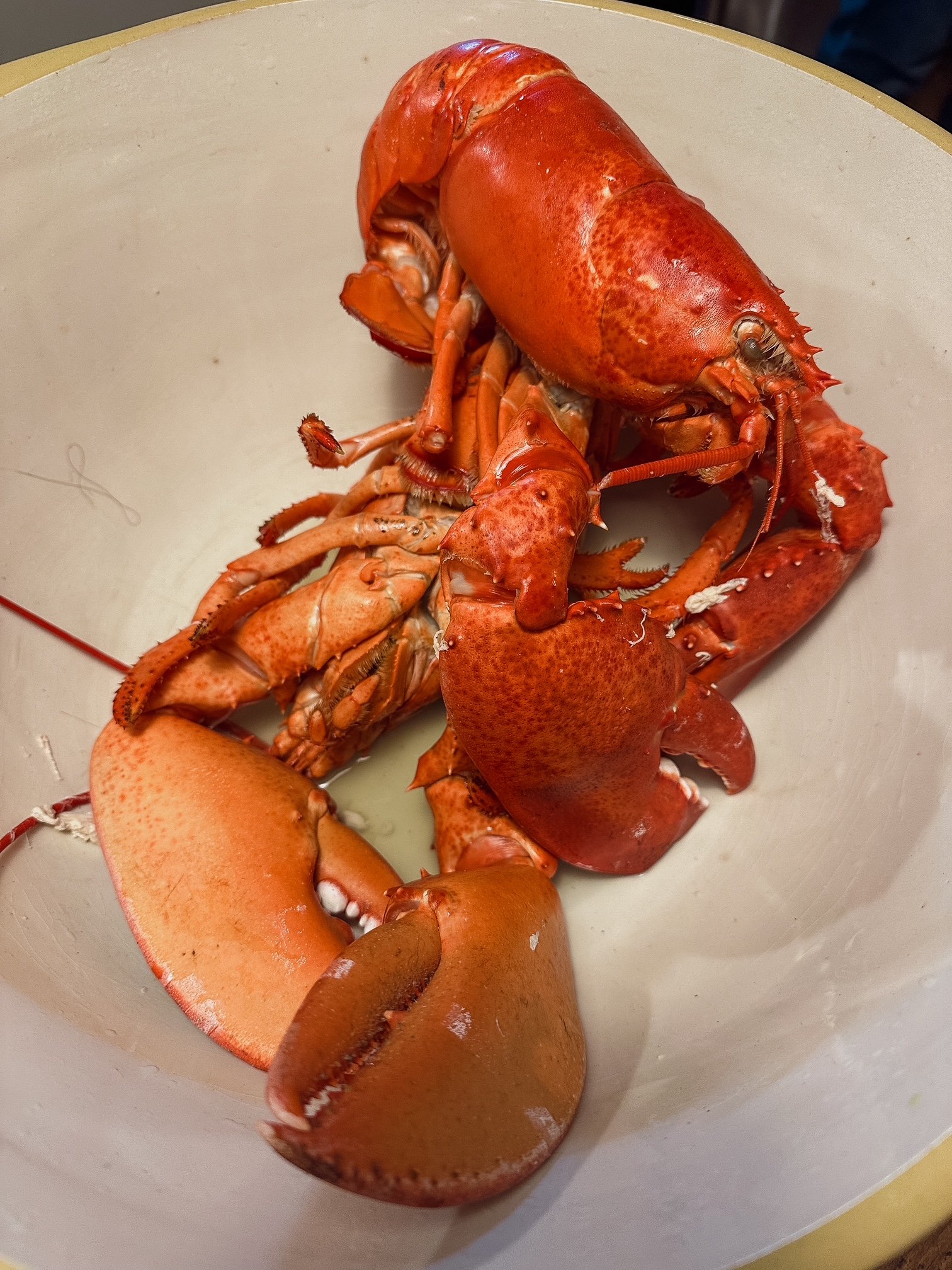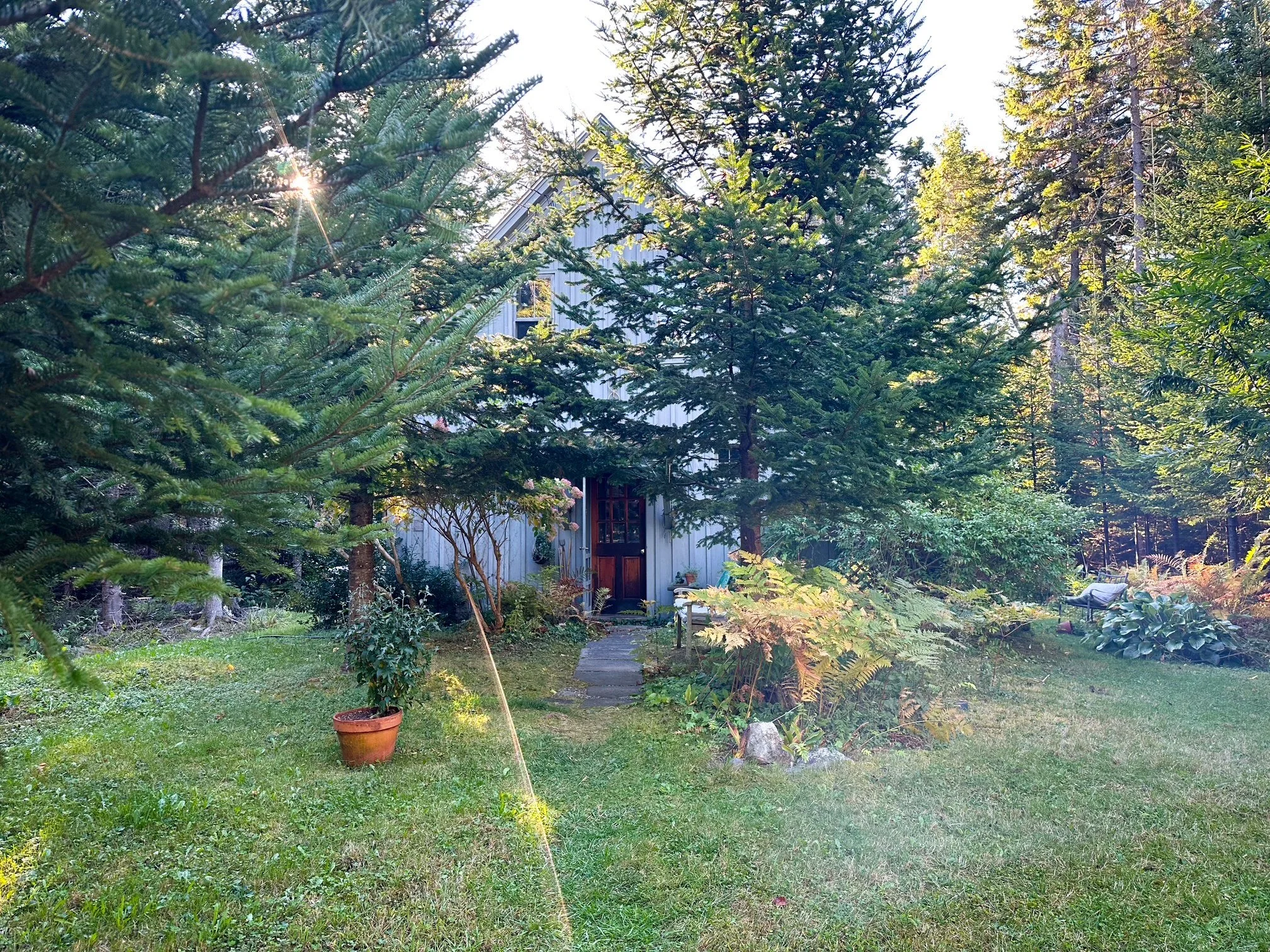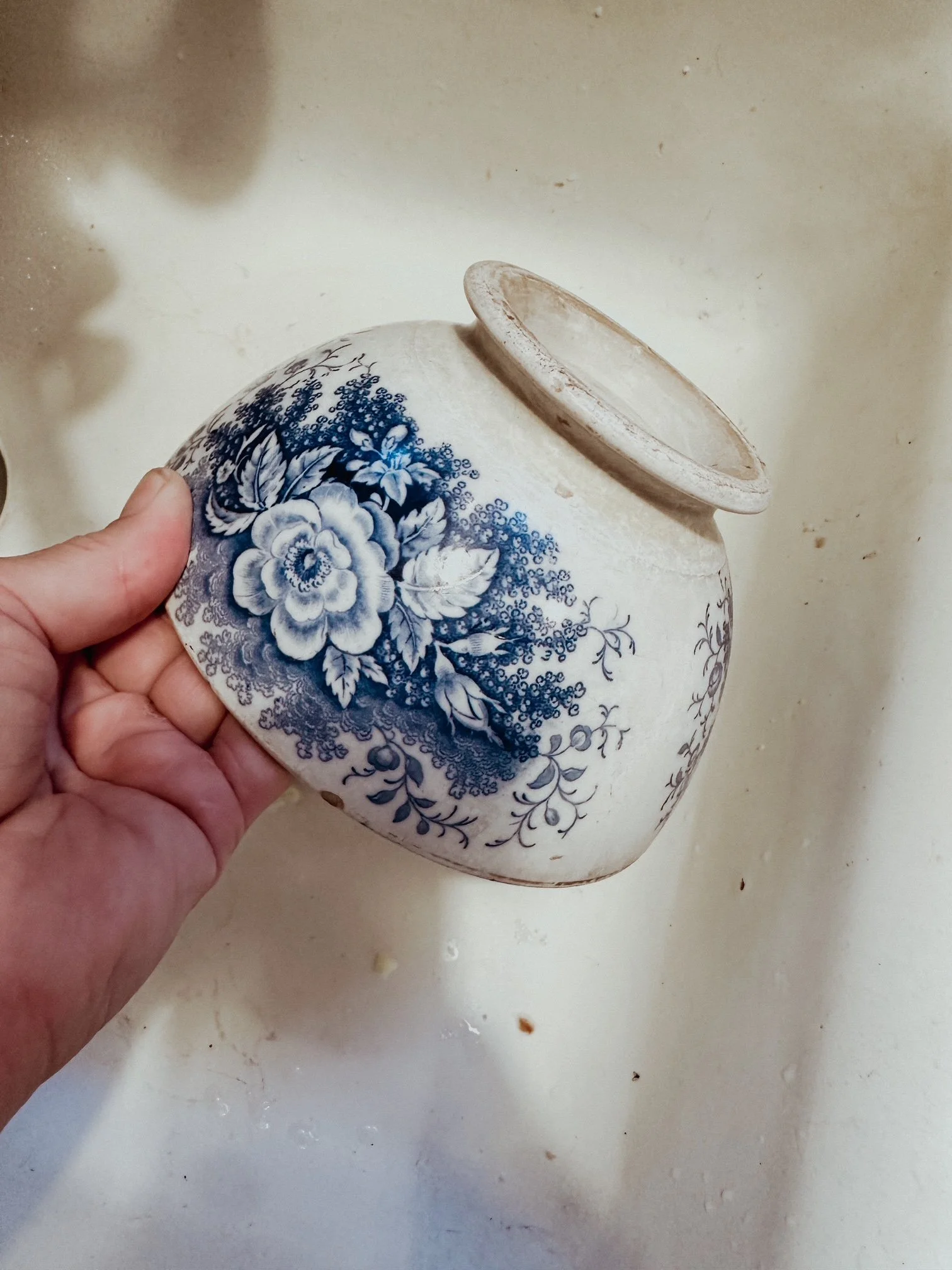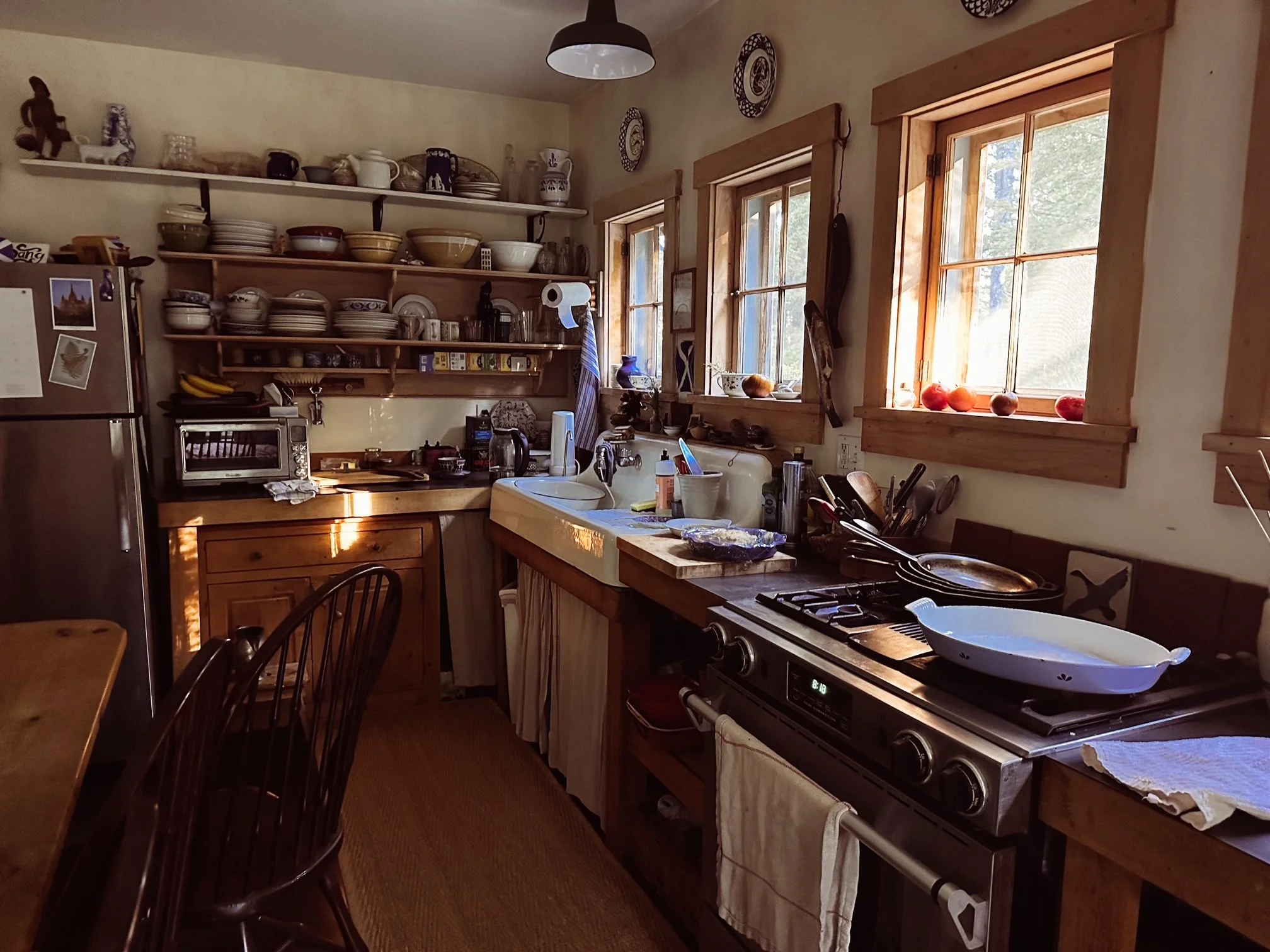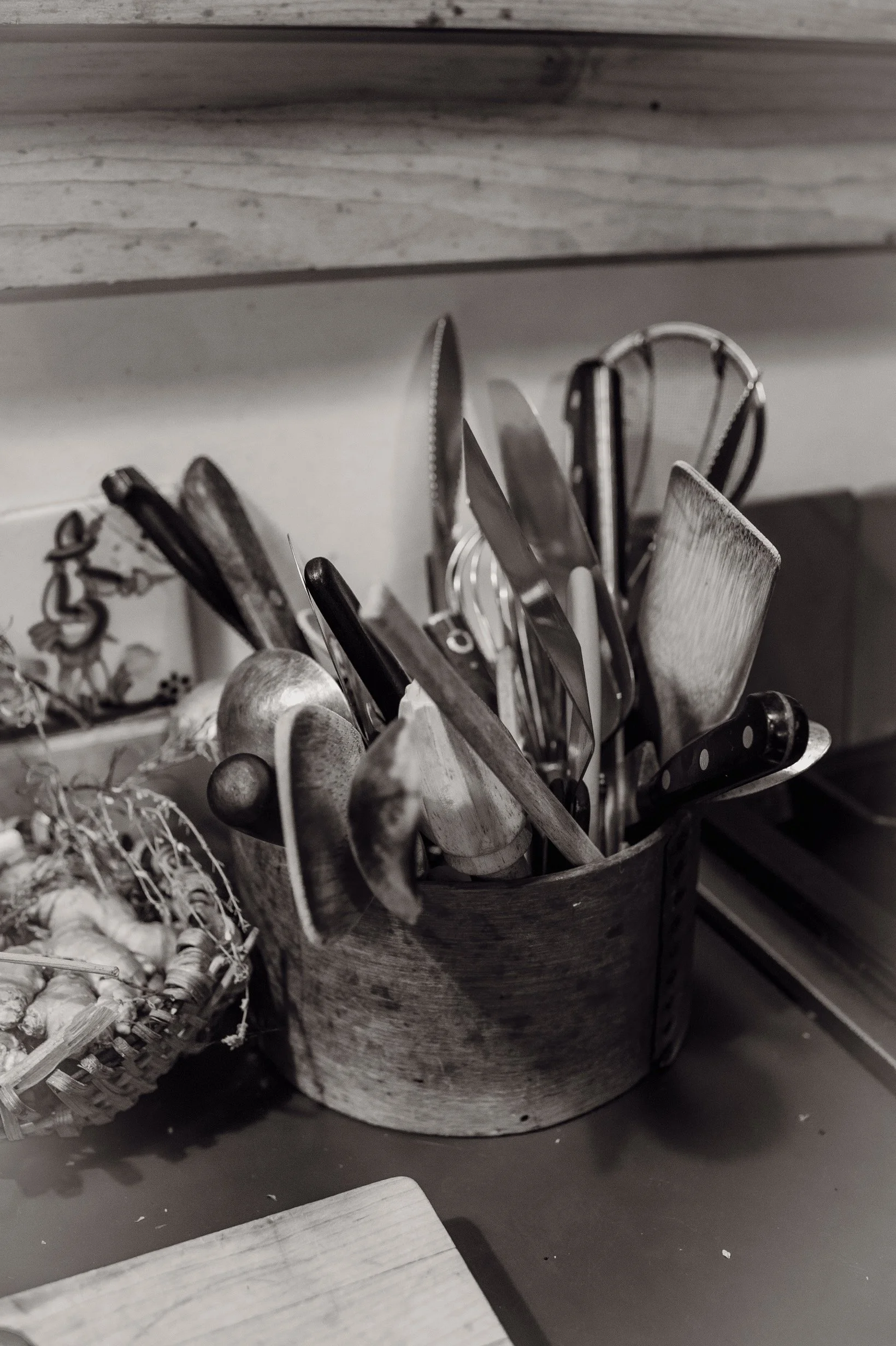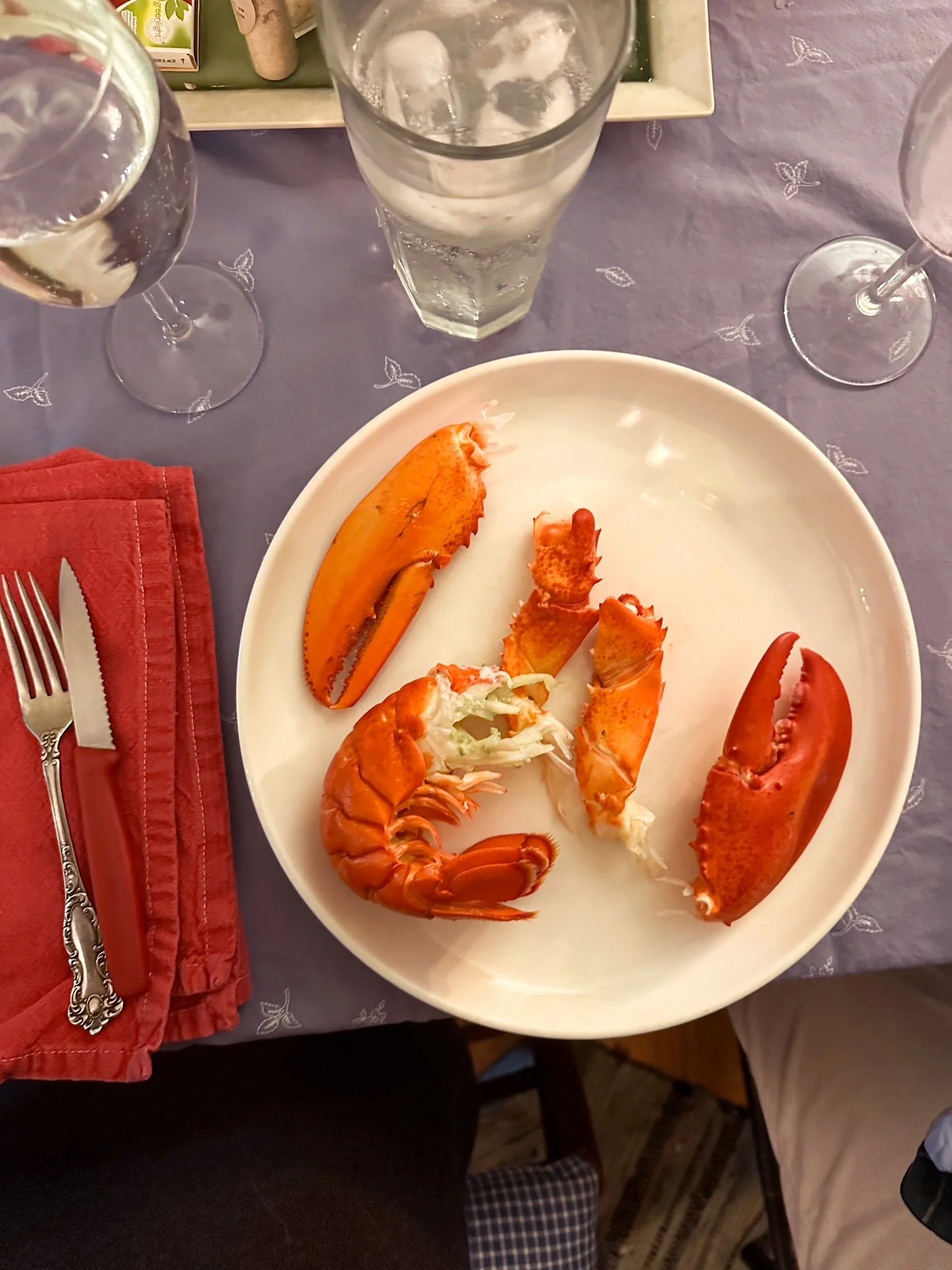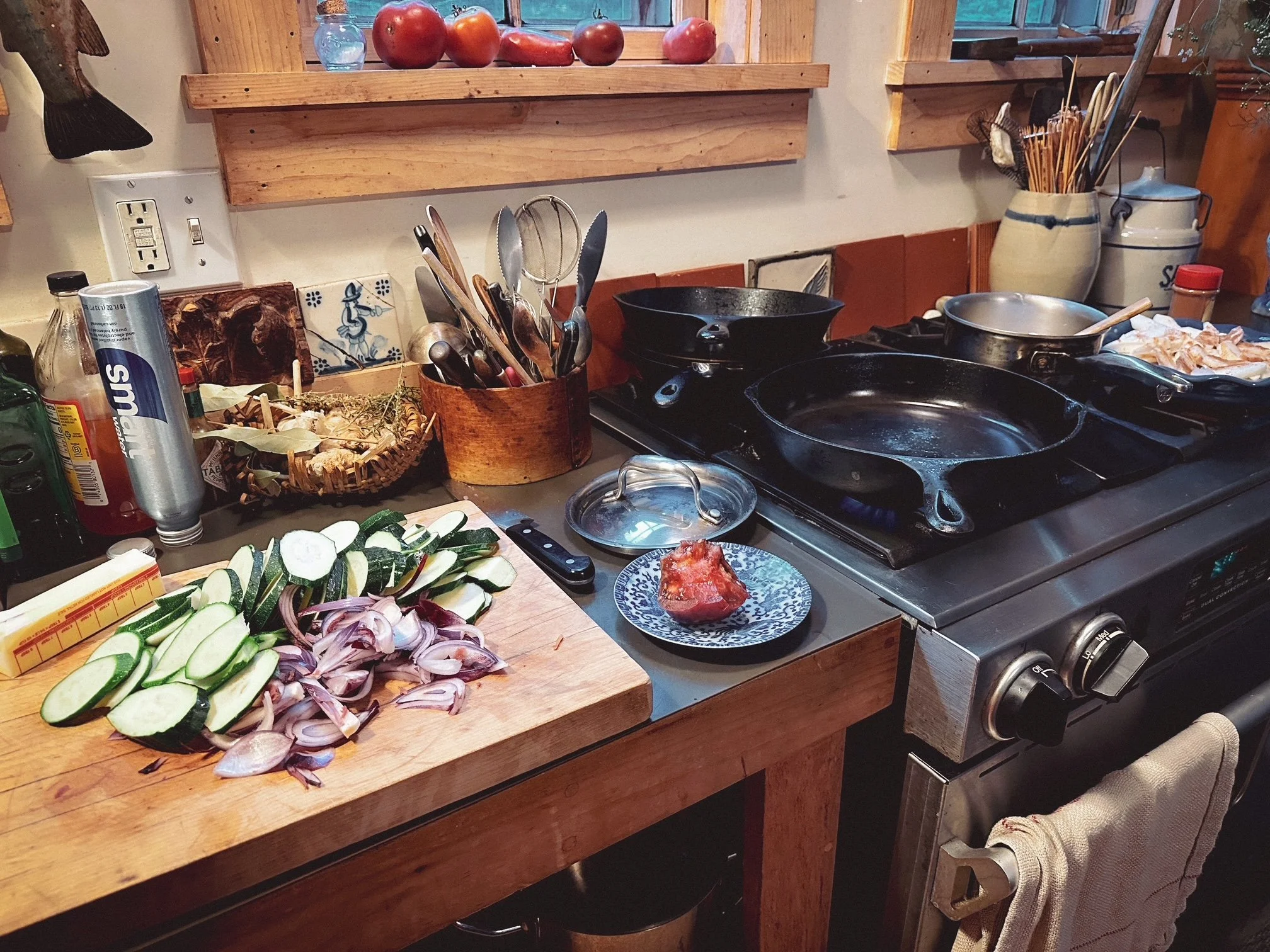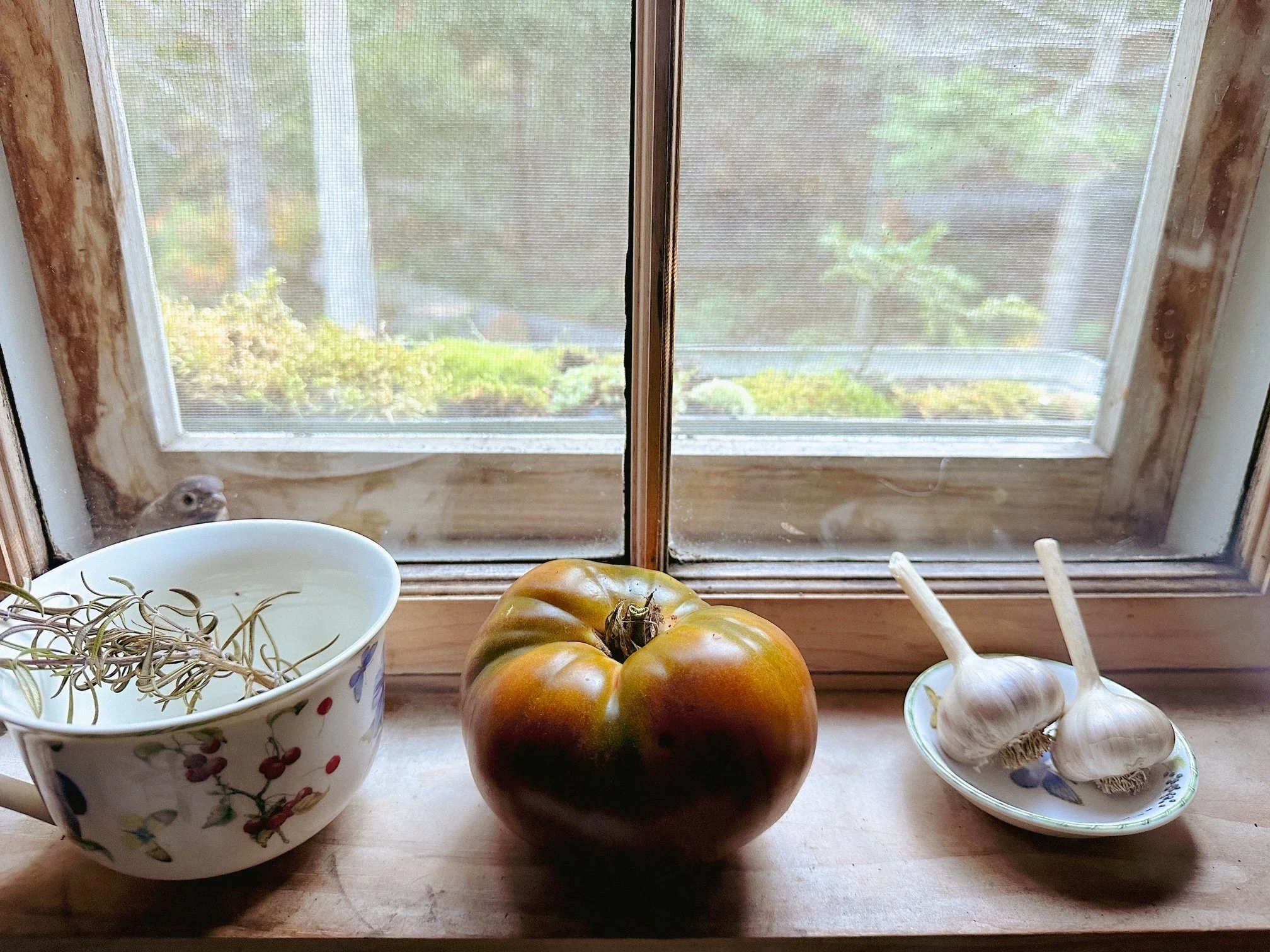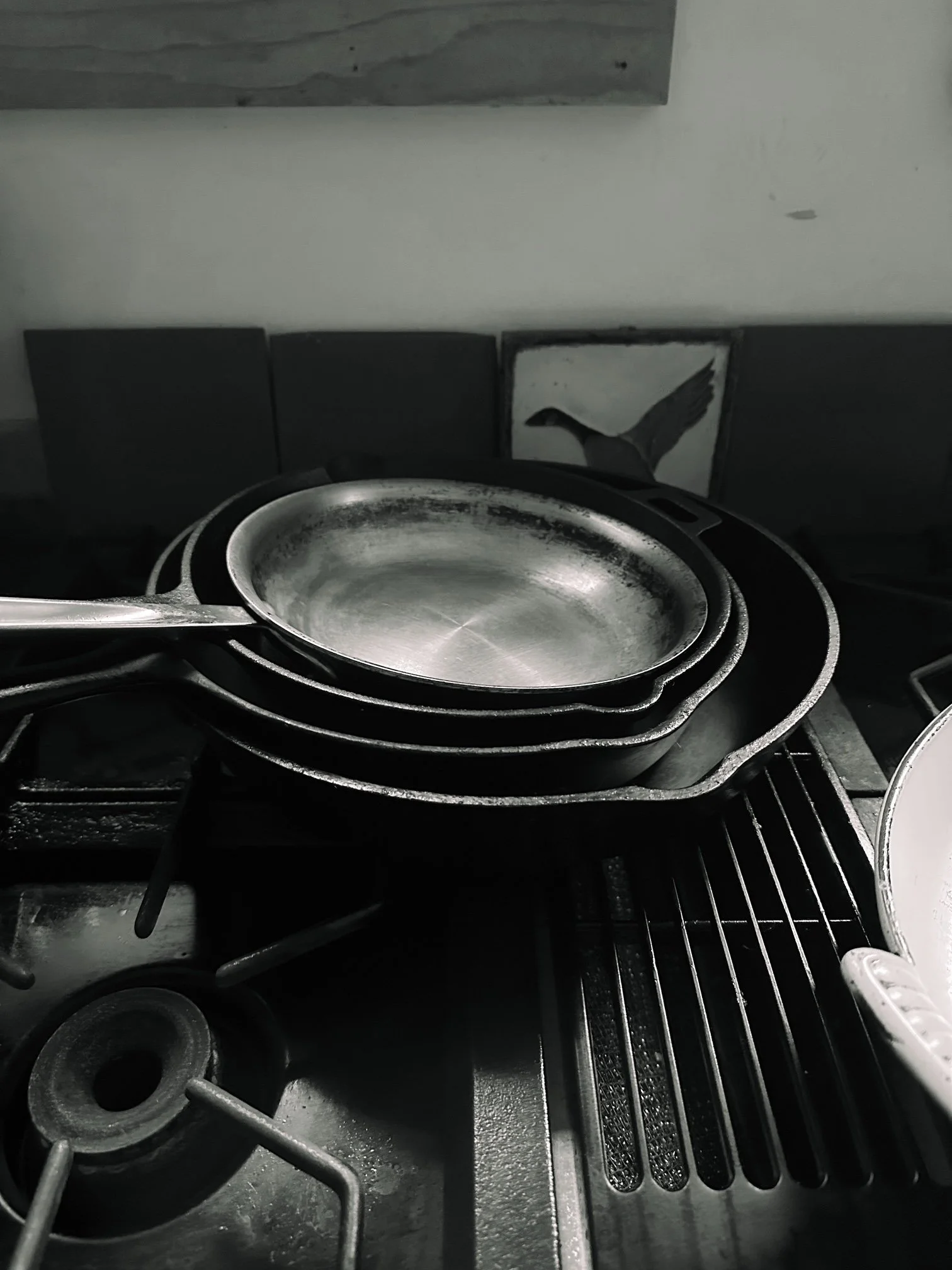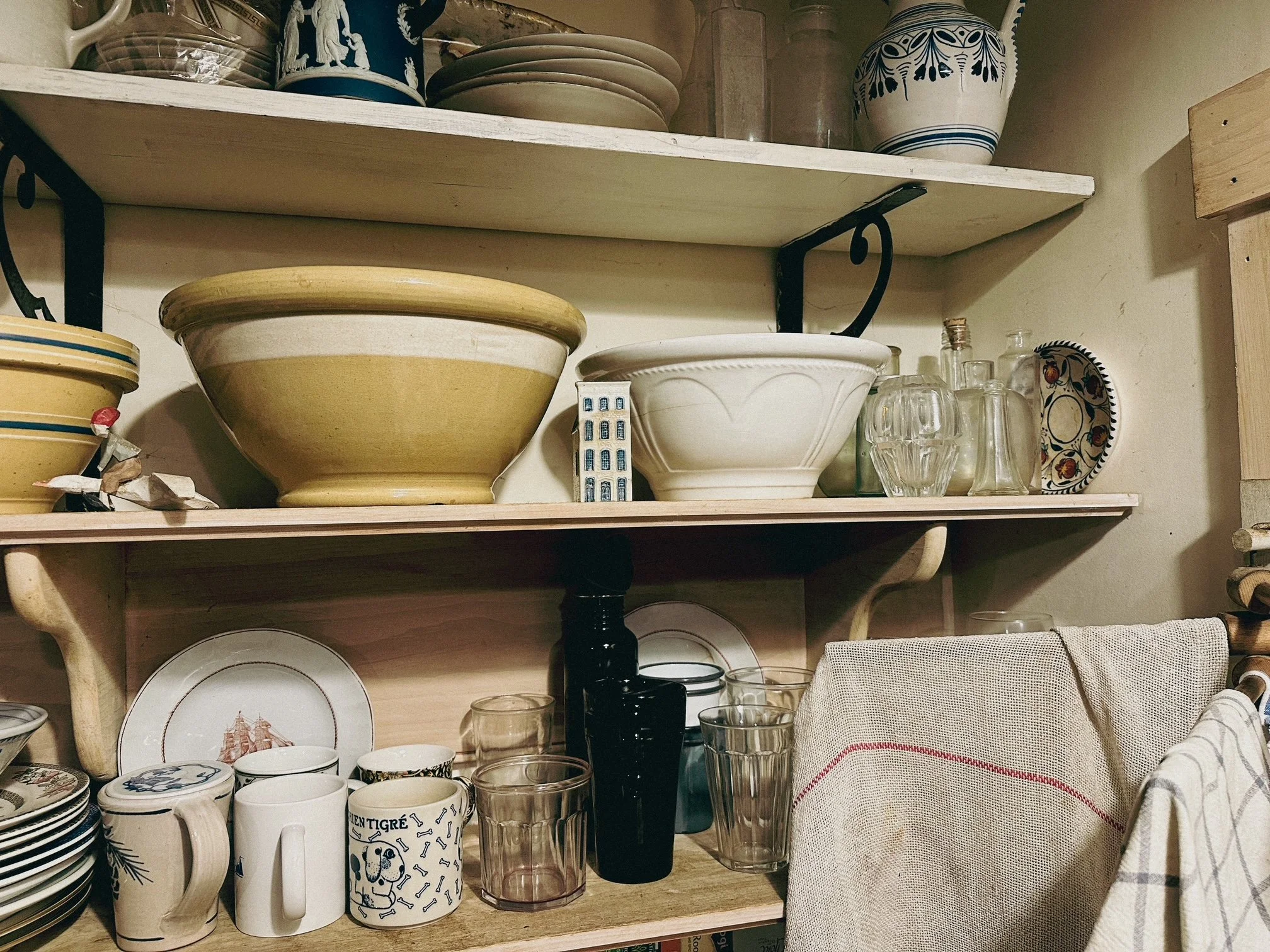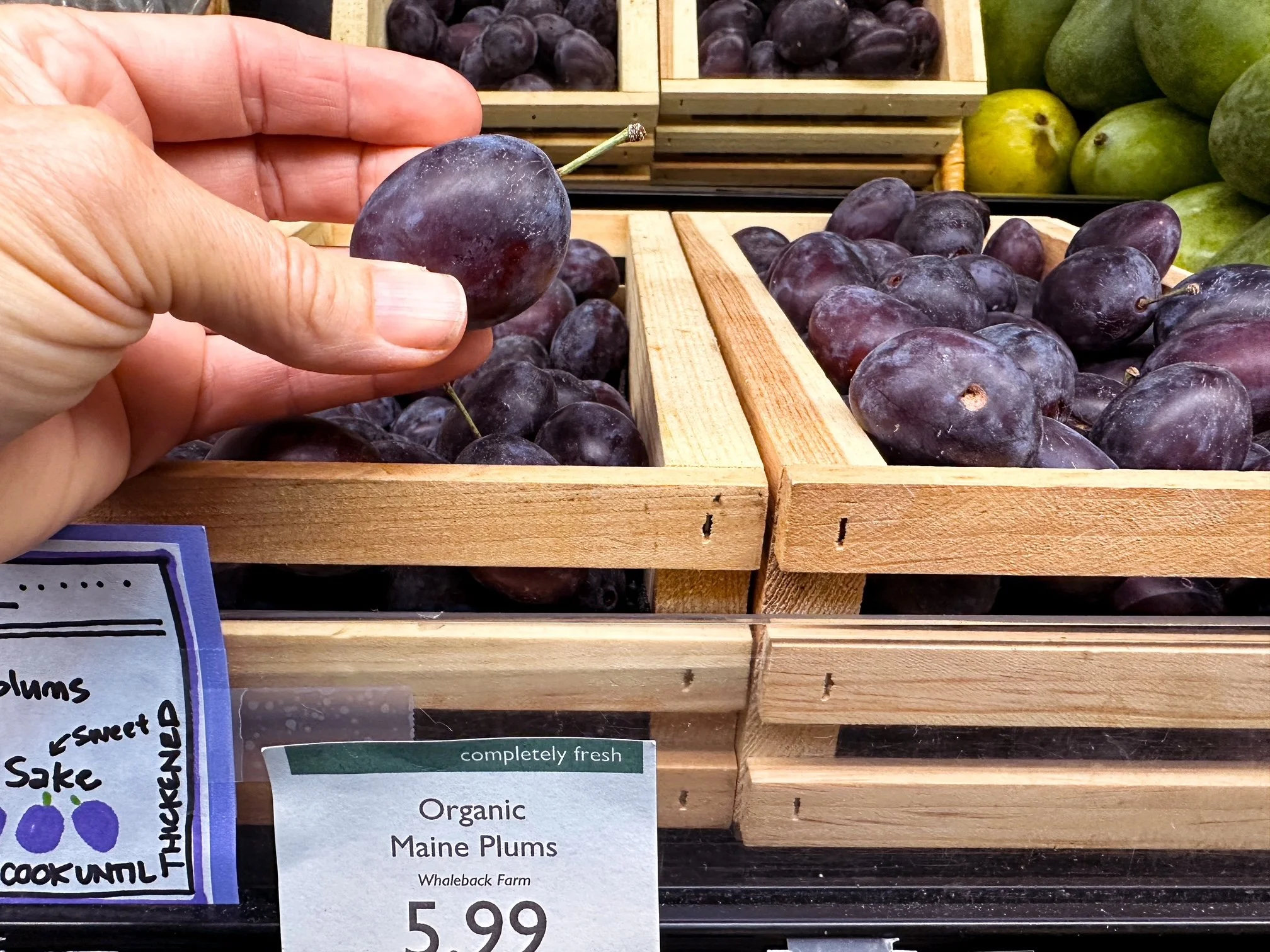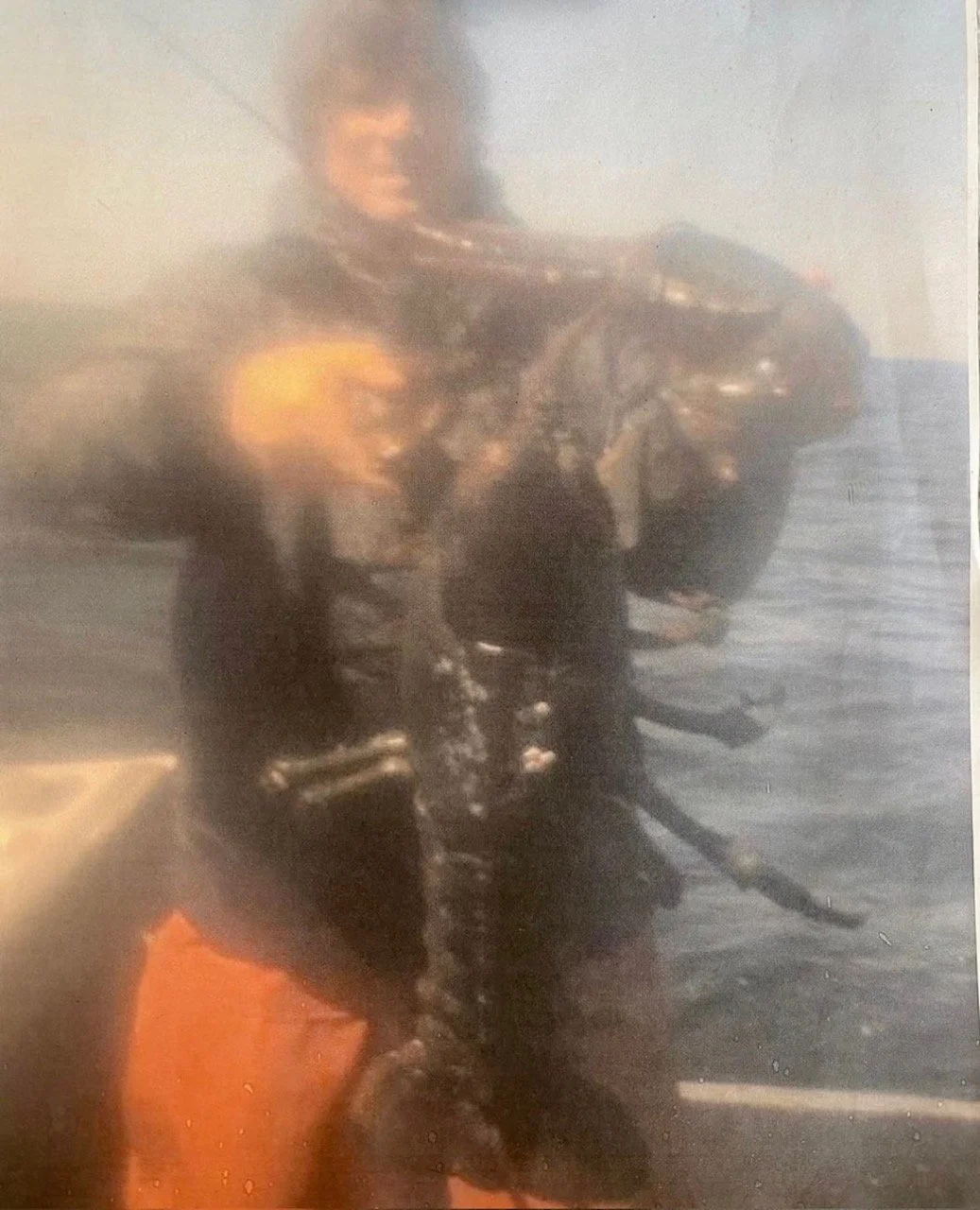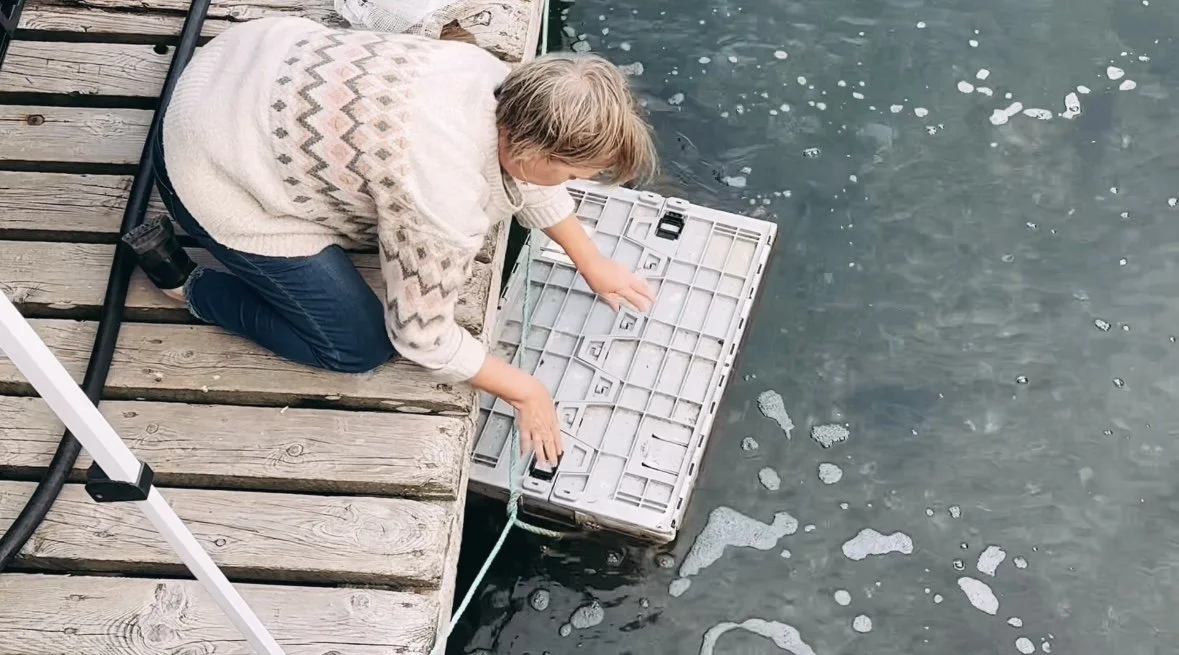MAINE
* * * * * * * * * * * * * * * * * * * * * * * * * * * * * *
* * * * * * * * * * * * * * * * * * * * * * * * * * * * * *
FAMILY IN MAINE
OYSTER FARMING AND A LOBSTER DINNER
* * * * * * * * * * * * * * * * * * * * * * * * * * * * * *
* * * * * * * * * * * * * * * * * * * * * * * * * * * * * *
I traveled to Maine a few weeks ago with my mother. The small plane brought us into Owls Head, near Rockport. My family has New England roots, but it has been years since we ventured back to the rocky coast of Maine, which had been summers of our childhood; in my aunts old grey clapboard house by the inlet that brought tides in and out leaving mud flats for exploring and planks for building boats.
My aunt lives in a cottage in the woods now, near Tenants Harbor. My cousin is close too and remains attached to the water. He worked as a lobsterman and fisherman for many years. Catching tuna and trapping lobster in an industry that struggles now with changes threatening the existence of the small fishing town. He switched to farming oysters in an old lobster pound with hopes in the future of aquaculture but reality always bares a more daunting truth and obstacles and struggle spare no one.
We only had a few short days to visit but in such time we were treated to sword fish, lobster and oysters….and the experience, smells and culture of the Maine I remember.
First we went to the dump. Rural Maine and my aunt of eighty six years old still drives faster than a bat out of hell. She winds around the small roads flanked with forest and I hold on. My aunt and I have the same birthday. It could be said that I, too, drive a little on the fast side and so I trust her judgment as a car comes around the corner and she barrels past catching air over a little dip in the road. We come to a stop at the corner. She hollers to the the big yellow dog tied to a rope on the porch of an old Maine house. The dump is somewhere you go in Maine. It has a parking lot full of discarded home wares and yard tools, furniture and planters. It is a place to dig for things you might not expect you need. We toss the bags of garbage into the cavernous trash collector and head home, yelling once again to the dog who doesn’t look back, but instead puts his head down between his paws for a late morning nap.
My aunt’s cabin is something unique. She has a way of curating spaces with special things; antiques and dump findings, treasures and memories. The house is but two rooms; one upstairs and one downstairs. It is easy to see that living small is possible and beautiful.
My mother, my aunt and I make dinner together. We flow in and out of each other’s space by the stove or by the sink. We pick up where one leaves off with chopped tomatoes into the skillet of zucchini, the herbs picked from the small garden out front, passing on it’s way to winter. My aunt cuts the lemon for the sword fish and I squeeze the juice. My mother makes the apple cake that my aunt claims she made up years ago. We all seem to have different ideas about where things came from. Stories and recollections come together differently for everyone and it is a wonder we all come from the same family and yet, we make our homes the same way. We make our beds the same way. We make our cakes the same way. We move around the kitchen in the same way.
My cousin Johnny takes me out shopping for dinner fixings. He has a plan. Surf and turf. We shop the gamut from Walmart to the hippy co op for veggies, the fancy cheese store of the millennial crowd, to the standard grocery store for all other things, and then the seafood market to pick up lobster. In between we take a break by the docks with a bag of McDonald’s hamburgers and French fries and watch the guys unload barrels of herring used as bait for lobster trapping. It is big business, so says my cousin, who says a barrel can go for $600 now.
The seafood market is small. The lobsters are kept against the back wall. The blue paint chips off the cement trough of water holding bins of lobster ranging big and small, soft shelled and hard shelled. We take soft shelled and a variety of large and small.
The dinner prep becomes an event in the front yard of my cousin’s house. He has his big lobster pot steamer on top of the powerful propane flame. He says “You’re not going to like this”. Then he drops the lobster in the pot.
Johnny has been a fisherman and lobsterman most of his life. In his early twenties he was an aspiring new chef in the culinary scene in Boston, but quickly decided it wasn’t for him. He found fishing. For years he has been part of the New England fishing culture, trapping lobster and going into deeper waters for Tuna. A good sized tuna fish can sell for upwards of $30,000, often to the Japanese market for high end sushi. He and his wife Toni, decided to get out of the fishing industry a few years back to explore aquaculture, specifically growing oysters.
My cousin Johnny with a very big and very old lobster
Tuna
Toni at the Oyster Farm: icehouseoysters.com
As with most industry now, things are difficult. Changes make for highs and lows and an uncertainty about the future of things. Climate changes are shifting our norms. Questions about lack of fish due to over fishing or changes in water temp and ocean environments make the everyday routine of an old school trade seem uncomfortable and questionable. These questions persist in farming vegetables as much as in fishing and I wager a guess that the whole food industry from ground up is feeling the struggle. Costs are shifting, politics unruly, environment uncertain and for most, their most immediate concern, is how are we going to make a sustainable living.
Toni walked me through the oyster operation one afternoon. It is a small oyster farm. They have set up shop in a space that used to be the old lobster pound. For years, when the lobster boats would come in, they would use the pound to store the lobster for seasonal markets. It is an inlet that sets itself apart from the larger water with a retaining wall. This maintains a level of salt water year round and can be used to keep lobster fresh and alive while they await their ultimate demise. Since the water has become warmer over the years, refrigeration has become better and boats have become larger, lobster trapping can go on longer into the fall and winter season. Men can trap up until Christmas and bring in the feasts on the big boats with no need for the pound anymore.
For the past few years, Johnny and Toni have been renting the pound for their oysters. Before the pound they used to keep their oyster cages in the open water. The waves would wash them back and forth to move particles and food through the piles of baby oysters and clean out any build up of grime and algae. Once ready to clean or sort, they would pull the cages up onto the boat and then drop them back in for more gestation time.
It takes three to four years to grow a market size oyster. They start the size of a thumb nail and grow from there. The shells are reminiscent of tree trunks with the rings of growth, a telling of time and patience. The work is in maintenance and sorting. The oysters must be cleaned and turned so the sun doesn’t encourage algae growth on the shells. Oysters can filter up to fifty gallons of water in a day if the conditions are right. This is how they eat. If the water is dirty or their shells are smothered by algae then they can die. The trick is to keep them alive for four years so that you can sell for a profit. Johnny has come up with a new test, and uses his old lobster boxes to hold the oysters. They are deeper and can rest lower in the water column where the water is colder. This seems to be helping with the cleaning and maintenance of the oysters.
Toni says, everything is trial and error. The obstacles seem to outweigh the reward. The aquaculture and oyster farming permitting can take up to six years to acquire. The amount of time, from start to sale of a market size oyster is long and doesn’t seem to yield a truly profitable business. Johnny laughs and says he personally handles each oyster thousands of times before it goes to market and he can only make a dollar twenty something per oyster. It begs the question whether this system in sustainable. Johnny and Toni had hopes for aquaculture techniques as an alternative to the fishing industry in their small town, as environmental changes shift the business models. They now question the validity in it and wonder if growing the oyster farm itself, only to sell it in the near future, is the most reasonable solution.
In addition to Toni’s many professions and interests she is a photographer. She works with a classic medium format style that elicits a nostalgic feeling for times past. In 2009 she began work on a series of black and white photos inspired by the ground fisherman in the Port Clyde area. They had hatched a plan and come together to open and operate the first Community Supported Fishery in the nation. Her camera work found it’s way within the small town fishing culture and captured a collection of images that tell the story of fishing and families. Together, with the CSF founder Glen Libby, they compiled a book titled, “Caught; time, place, fish”. It is a beautiful and informational narrative about an industry that is seeing change and what solutions can we find to move and transform into new sustainable narratives.
CAUGHT: time. place. fish. A BOOK BY GLEN LIBBY AND ANTONIA SMALL
ANTONIA SMALL PHOTOGRAPHY
With the lobster boiled, the steak grilled, the zucchini off the fire and the corn in the pot we were ready to eat. Johnny walks me through the art of eating lobster. We break the pieces apart by the sink to drain the excess water for each lobster. Each plate gets a tail, two claws and two knuckles. Johnny says the knuckles are the sweetest part. He compares them to a chicken thigh. We set our plates on the table next to bowls of melted butter and take a crack at the claw. The conversation is pleasant, the feels are of holiday and the table cloth is done for. He says tomorrow he’ll make chowder with the last lobster and the left over corn.
The following evening I tried an oyster. I am not a fan of oysters and in complete honesty, have only had one in my lifetime. It deterred me from having another and I have been hesitant ever since. After the afternoon at the lobster pound with Toni and the oysters I felt it important to try again. They were pure salt. A beautifully cold brined piece of meat that tasted of fresh seawater and a Maine coast chill. I would not say that I am in love with the oyster. I will say that I appreciate the oyster and the way it slides down my throat. Toni says they are like grapes for wine. They taste of the place they are grown. If grown in the rivers and marsh they can taste of marsh grass. If grown in the sea they will taste of salt. I like the salt.
We flew back to Boston on the same small plane from Owl’s head. The trees were turning color and the coast bled from forest to rocks and out to sea.
* * * * * * * * * * * * * * * * * * * * * * * * * * * * * * * * * * * * *
* * * * * * * * * * * * * * * * * * * * * * * * * * * * * * * * * * * * *
A SHORT ABOUT MAINE AND EATING LOBSTER
AND ONE ABOUT THE OYSTER FARM: ICEHOUSE OYSTERS: PORT CLYDE, MAINE
*You can more information about Johnny and Toni’s Oyster Farm at icehouseoysters.com
* * * * * * * * * * * * * * * * * * * * * * * * * * * * * *
* * * * * * * * * * * * * * * * * * * * * * * * * * * * * *
Following is an excerpt from a piece written about some kitchen work my aunt did for an organization in Maine many years ago. I think it encompasses a philosophy of cooking that everyone in my family relates to. Cooking as hospitality, cooking as hearth, cooking as healing, cooking as home. It is a lovely read.
* * * * * * * * * * * * * * * * * * * * * * * * * * * * * *
* * * * * * * * * * * * * * * * * * * * * * * * * * * * * *
AS A LAST MENTION, I WOULD LIKE TO REMIND YOU OF SOME RECIPES IN THE ARCHIVES WITH SOME SOME VARIATION FOR SEASON OR PLACE
The Apple Cake is from the archives under plum cake. It is the same formula, just different fruit. There is no almond extract added to the apple as in the plum, but instead the apples are sprinkled with cinnamon before the batter is poured over top. This cake is worth a go as it is quick and easy and so thoroughly satisfies the fall apple cravings. It is good with coffee in the morning or icecream at night.
The Corn Chowder Recipe can me made here with the addition of lobster if you happen to have it. Also with clams and I am sure crab too.


